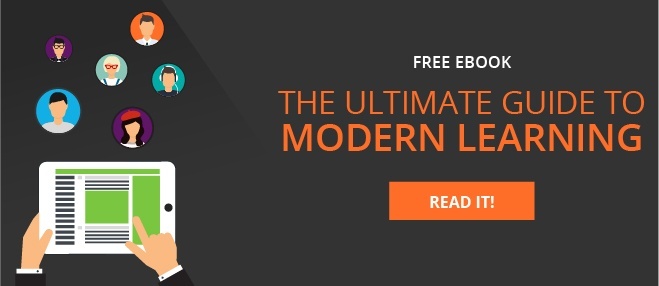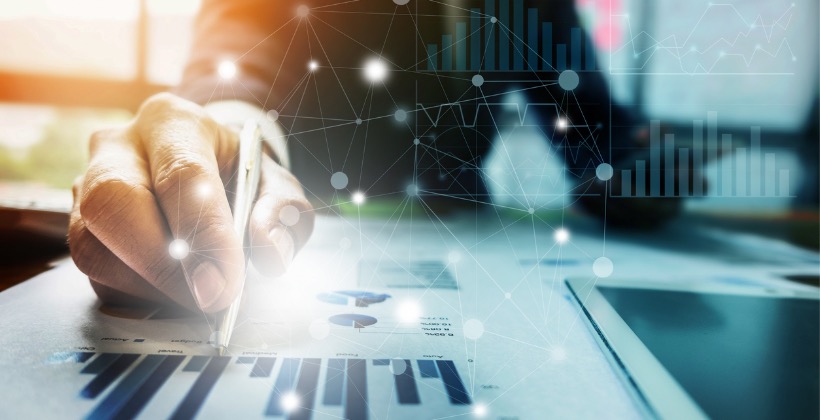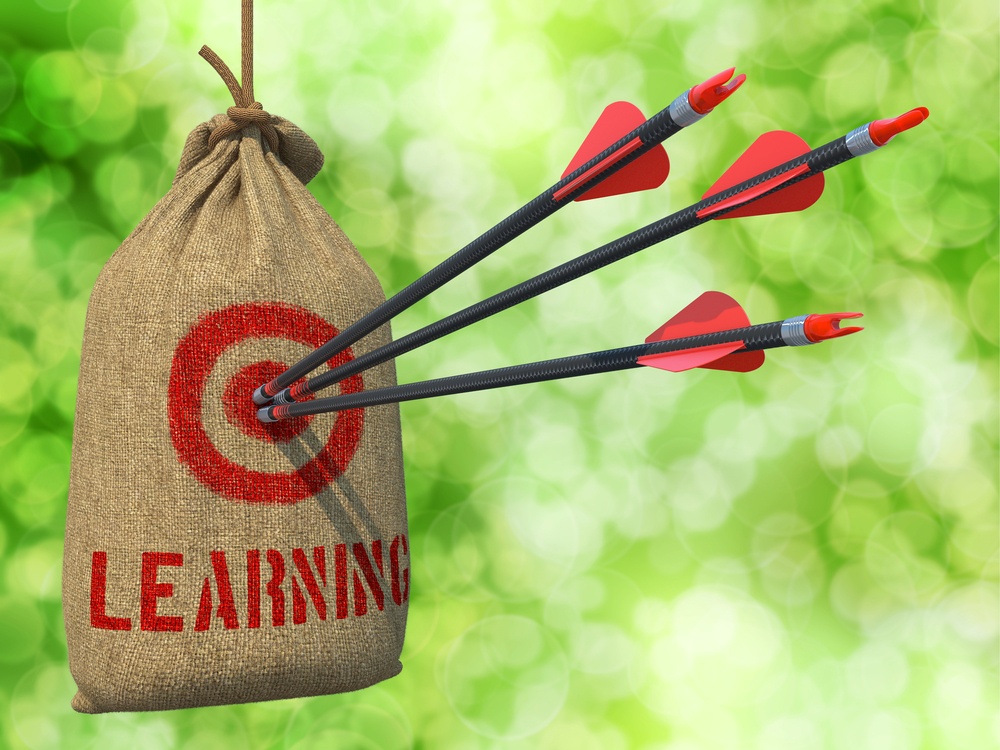Digital learning has stepped out of the back room and onto the sales floor and kitchen line. Learning Management Systems used to be tucked away, usually in a beige room with an old broken chair, maybe with a coffeemaker nearby - not that anyone was drinking that old swill. Modern learning systems take advantage of wireless networks and mobile devices like smartphones and tablets, merging the training environment with the place where the work happens. There’s more to digital learning than mobility, however. Here’s some of the benefits your store or restaurant can realize with a new eLearning solution:
No time off the floor
As we mentioned, one of the biggest drawbacks to previous training systems was that employees were spending company time off the floor, removed from the work. You would need to either schedule training time in addition to having a full line or else run a short floor while the trainee was off learning. Neither option was optimal. Digital learning now happens where the lessons can immediately be put into practice, helping retention and keeping the work flowing.
Performance support
People learn at varying rates and in different ways. With old computer or paper learning methods it was difficult to gauge where employees were in the training process. Modern learning management systems are able to track student progress so trainers can see who needs more time or help with certain concepts, and who is ready to move quickly through the lessons. This kind of data-driven learning saves time and money by focusing resources instead of applying the same blanket methods to everyone.
Up-to-date materials
Paper manuals or training DVDs were always in danger of becoming obsolete the minute they were shipped to stores. Your company would then have to track any updates, send out revisions, and hope the store employees would replace the old materials with the new in a timely fashion. Digital learning content can be replaced with the click of a mouse, updating not only text documents but also video or audio in the time it takes the file to sync with the mobile device.
Micro-learning
Short bursts of information known as “micro learning” concentrate training without trying to teach too much at one time. Employees don’t have to try and stay attentive during a long lesson, trying to retain a collection of information and then put it into action. Short videos (anywhere from 30 seconds to 4 minutes) can give a boost of instruction where and when it’s needed.
Hopefully your company has a digital learning system in place, but if not, there’s never been a better time to get one going. It takes buy-in from the executive team on down, but with the kind of benefits that we’ve outlined here, you should have a solid base from which to convince them that investing in eLearning is the right move.






